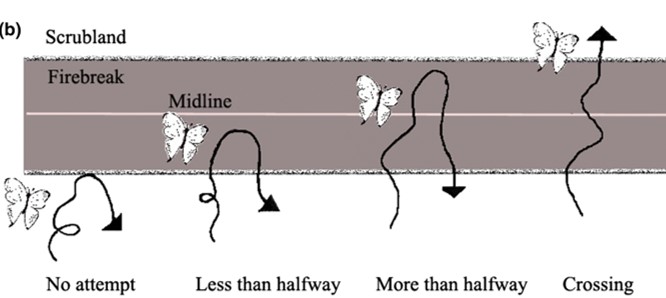 Latest News
Latest News
 Development of European longterm ecosystem research infrastructures
Development of European longterm ecosystem research infrastructures
Distributed environmental research infrastructures are important to support assessments of the effects of global change on landscapes, ecosystems and society. These infrastructures need to provide...
 Effects of uropygial gland secretion on the host seeking behaviour of mosquitoes
Effects of uropygial gland secretion on the host seeking behaviour of mosquitoes
Mosquito feeding preferences determine host–vector contact rates and represent a key factor in the transmission of vector-borne pathogens. The semiochemical compounds of which vertebrate...
 Firebreaks constrain butterfly movements
Firebreaks constrain butterfly movements
Firebreaks are linear strips that dissect the landscape and prevent or mitigate the spread of wildfires in Mediterranean landscapes. However, few studies have addressed their potential effect on...
 Benefits of restoring apex predator populations
Benefits of restoring apex predator populations
The role that apex predators play in ecosystem functioning, disease regulation and biodiversity maintenance is increasingly debated. However, the positive impacts of their presence in terrestrial...
 Unifying facilitation and recruitment networks
Unifying facilitation and recruitment networks
Ecological network studies are providing important advances about the organization, stability and dynamics of ecological systems. However, the ecological networks approach is being integrated very...
— 5 Items per Page





